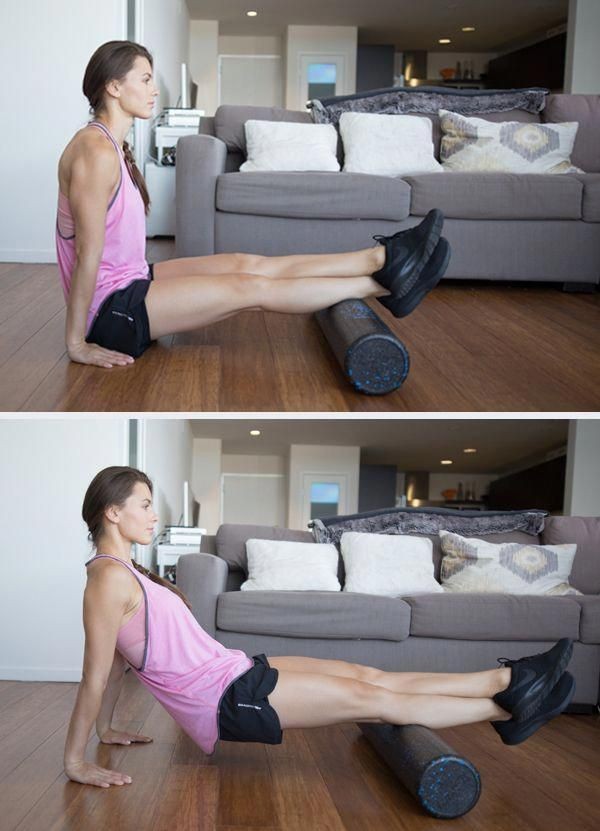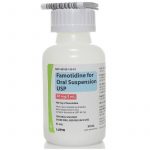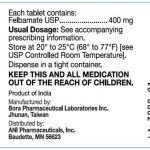
Contents
How Can You Relieve Sore Calves?
Rest, elevation, and compression are the first steps in treating sore calves. Heating pads aid in relaxing calf muscles, while lower leg muscle stretching reduces tightness.
If soreness and pain are accompanied by warmth, redness, fever, or shortness of breath, see a doctor to rule out complications.
Treatments are available to manage calf pain and soreness. Depending on severity, different treatments or a combination may be recommended.
While some cases may require emergency care, most can be managed at home.
10 ways to relieve sore calves:
- R.I.C.E. (rest, ice, compression, and elevation):
- Elevate your calf to reduce swelling and avoid excessive pressure. Apply an ice pack to the painful area for 20 minutes, repeating throughout the day.
- Use the RICE method within 48 to 72 hours for immediate relief. Avoid overusing muscles to prevent further injury.
- A warm bath with Epsom salt can aid muscle relaxation.
- Heat therapy:
- Once symptoms and swelling subside, heat therapy can be beneficial.
- Regular use helps relax and loosen sore muscles.
- Increased blood flow to the affected muscle promotes healing by providing more oxygen and nutrients.
- Apply a heating pad to your calf muscle multiple times a day.
- Heating pads help flush inflammation associated with muscle soreness by increasing blood flow.
- Get a massage:
- Use a few drops of massage oil to further relax your tight calf muscle.
- Post-workout massage reduces pain by lowering the body’s production of inflammatory substances.
- Massage stimulates cell function and repair while providing relaxation.
- Use a foam roller:
- Foam rolling promotes muscle repair, tissue healing, and reduces swelling.
- Roll for 20 minutes immediately after exercise and for the following 24 hours to alleviate muscle soreness and improve movements.
- Stretching and strength exercises:
- Stretching reduces calf muscle soreness by lengthening muscle fibers.
- Begin with light, steady stretching to avoid injury.
- Include strengthening exercises to prevent future injuries.
- Try compression gear:
- Compression gear reduces muscle soreness, speeds up recovery, and improves blood flow.
- It helps remove by-products associated with muscle soreness.
- Over-the-counter (OTC) medications:
- OTC pain relievers like ibuprofen or naproxen can temporarily alleviate discomfort.
- Consult your doctor before taking any medication.
- Antioxidants and protein:
- Protein aids muscle recovery, while antioxidants improve recovery.
- Include protein-rich foods like chicken or fish and antioxidant-rich foods like pomegranates and kale in your diet.
- Tart cherry juice, with its anti-inflammatory properties, may reduce muscle pain.
- Sleep:
- Sleep improves recovery by reducing inflammation and muscle soreness.
- Adequate rest alleviates inflammation and prioritizes recovery.
- Physiotherapy:
- If you frequently experience chronic pain, consult a physiotherapist for an assessment and treatment plan.
- The plan may include exercises, stretching, or massage treatments to reduce pain, swelling, and symptoms.
- Physiotherapy addresses the underlying cause and decreases the likelihood of recurrence.
What Causes Sore Calves?
Causes of calf pain include direct trauma, muscle overuse, ruptures, and blood clots. Strenuous exercises and limited physical activity can also lead to tight calves.
Common causes of calf tightness and pain:
- Injury
- Overuse
- Vigorous sports or activities
- Deep vein thrombosis
- Peripheral vascular disease
- Limited ankle range of motion
- Dehydration
- Poor circulation
- Muscle tear
- Dietary imbalances
- Side effects of medicines
- Training errors
Sore calf muscles caused by new activity usually go away in a few days. However, ongoing calf tightness and discomfort require attention.
How Can I Prevent Sore Calves?
In most cases, the risk of sore calves can be reduced.
Preventive measures:
- Slow and steady:
- Gradually increase intensity without pushing too hard or too soon.
- Warm up before activities.
- Maintain a regular exercise program for strength and flexibility.
- Wear supportive shoes that do not cause tightness.
- Consider compression sleeves for increased blood circulation and pain relief.
- Stay physically active.
- Stay hydrated and maintain a nutritious diet.
Soft tissue massage, stretching, and foam rolling may relieve symptoms but may not solve the underlying issue.
If ongoing calf pain persists, consult a physiotherapist for a strengthening program. See a doctor if additional symptoms or extreme pain occur.
If ongoing calf pain persists, consult a physiotherapist for a strengthening program. See a doctor if additional symptoms or extreme pain occur.


